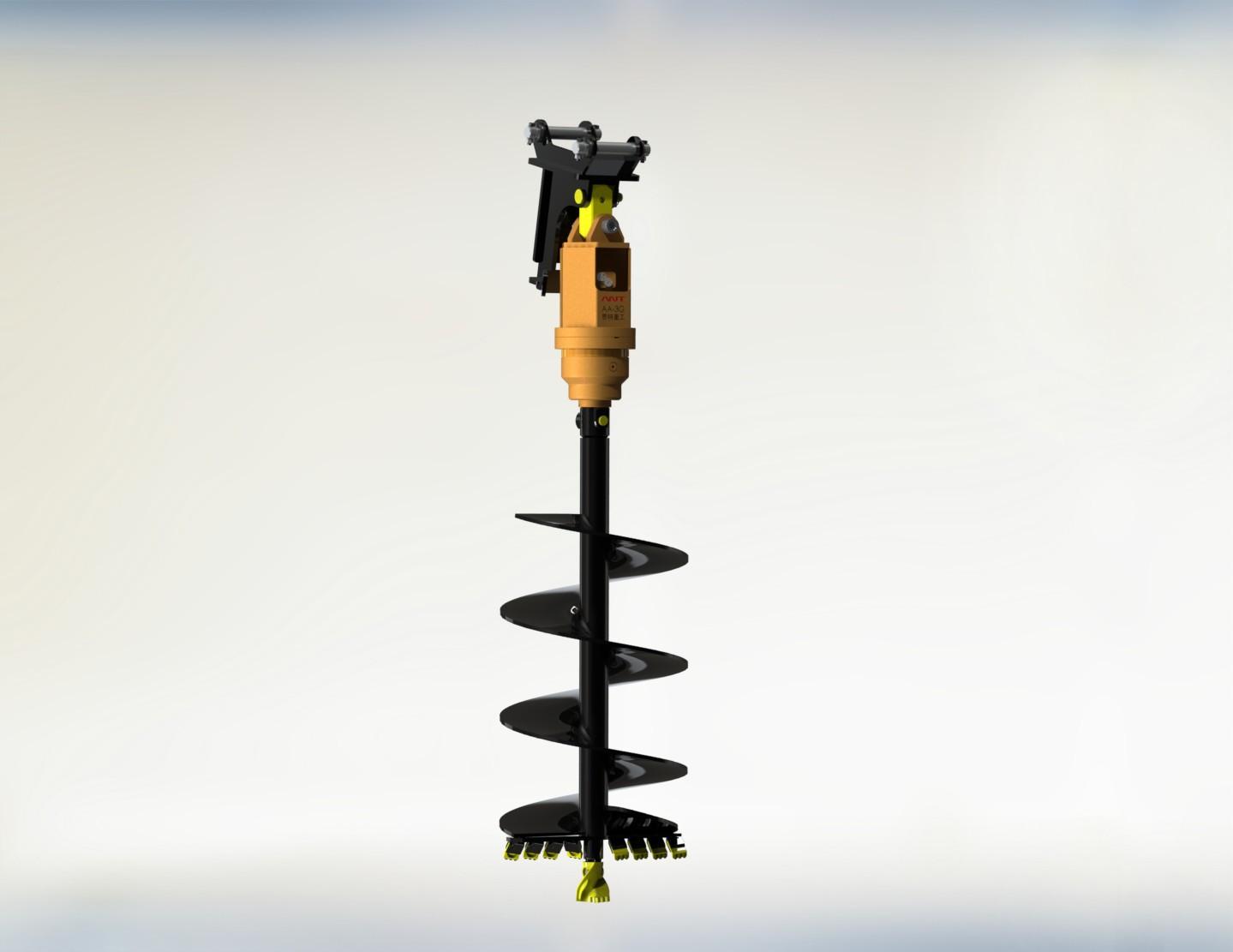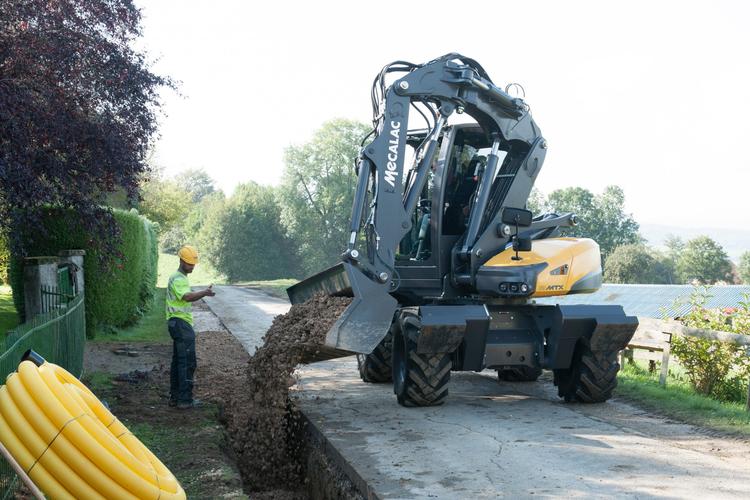Hydraulic systems are essential in tractors as they help maneuver the heavy machinery with ease. However, over time, air can find its way into the hydraulic system resulting in poor performance and even damage to the system. Bleeding the hydraulic system is one way of removing air from the system, which is essential for the proper functioning of the tractor. Here is a step-by-step guide on how to bleed the hydraulic system on a tractor:
Gather your Tools and Materials
Before you begin bleeding the hydraulic system, ensure that you have all the necessary tools and materials required. These include a clean drain pan, a set of wrenches, and hydraulic oil. Depending on your tractor model, you may need additional materials such as a catch pan and a pump to help purge the air from the system more effectively. Check your tractor’s user manual for specific requirements.
Prepare the Tractor
The first step in bleeding the hydraulic system is to prepare the tractor. Start by turning off the engine and lowering any hydraulic attachments that may be attached to the tractor. This will help to reduce the pressure in the hydraulic system. Next, locate the hydraulic fluid reservoir and ensure that it is full. If not, top it up with the recommended hydraulic oil for your tractor.
Bleed the System
Once the tractor is prepared, it's time to bleed the hydraulic system. Begin by locating the bleeder valve on the hydraulic cylinders. Depending on your tractor model, the bleeder valve may be located in different places like the cylinder end or the valve body. Once you locate the valve, place the drain pan underneath it to catch any oil that may spill.
Next, open the bleeder valve using the wrench and let the air and oil mixture escape until only hydraulic oil flows out. Be sure to check the hydraulic fluid level as you bleed the system to ensure that it remains at the recommended level. Repeat this process on all the valves until the hydraulic system is free of air.
Check and Test the System
Once you have completed bleeding the hydraulic system, it's crucial to check its functionality. Turn on the engine and operate the hydraulic system slowly, checking for any signs of leaks, unusual noises, or erratic movements. Take note of any issues and address them promptly before using the tractor for any heavy-duty tasks.
Conclusion
Bleeding the hydraulic system on a tractor is essential for ensuring its proper functionality and longevity. Following the outlined steps will ensure that your tractor's hydraulic system remains free of air, allowing for smooth and efficient operations. Remember to observe all safety precautions when working with hydraulic systems and reach out to a professional if you're unsure about any step in the process.












